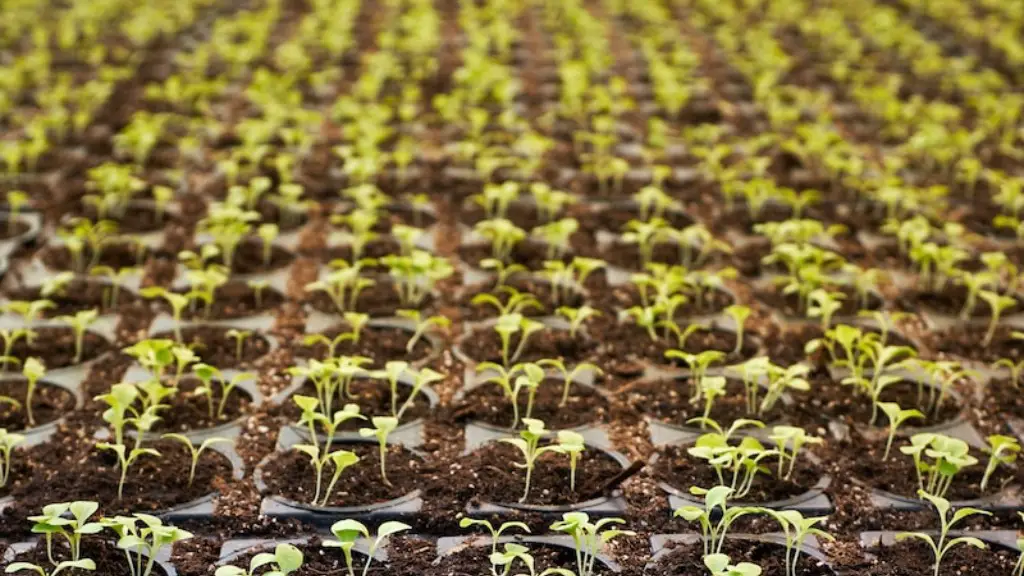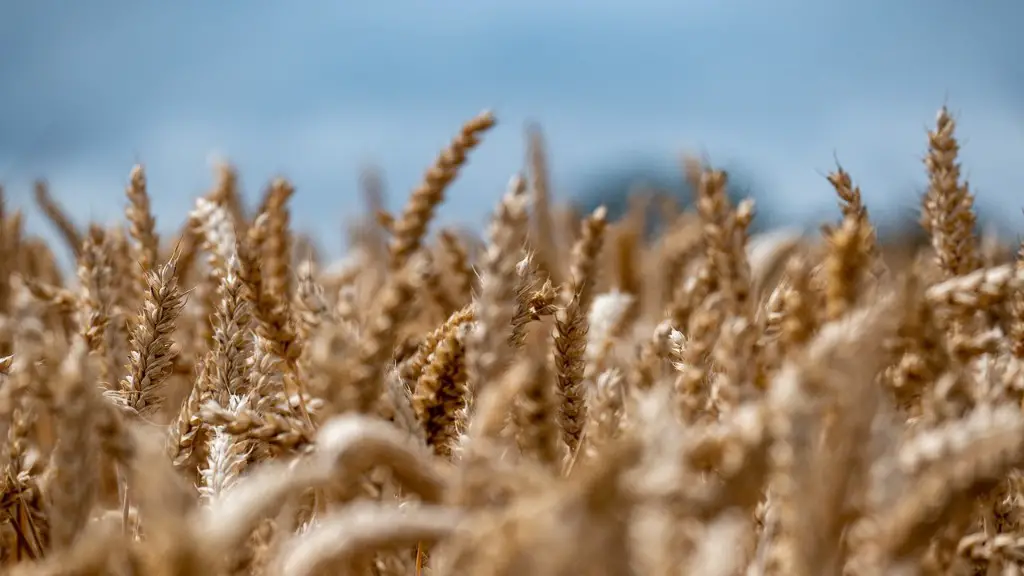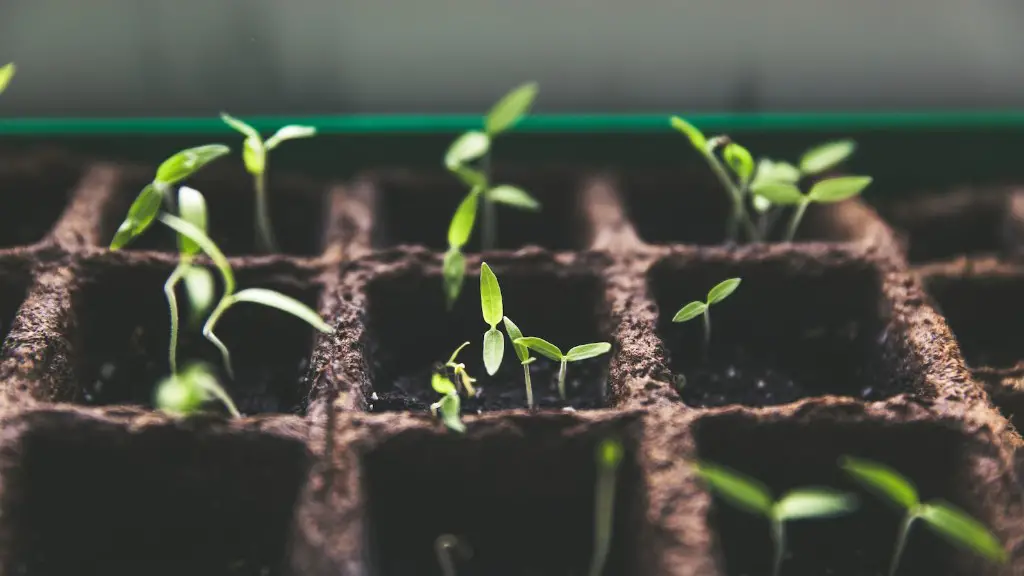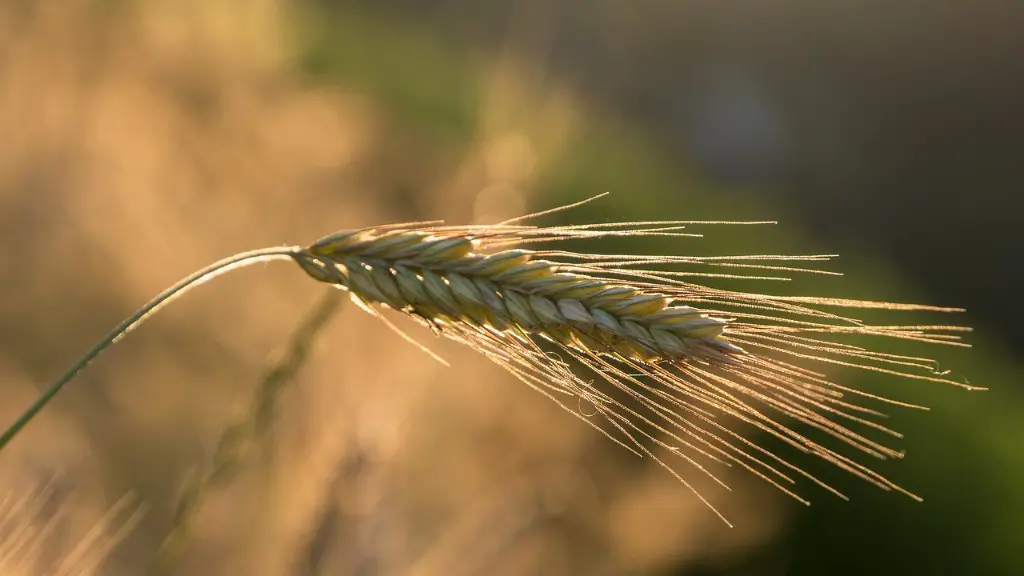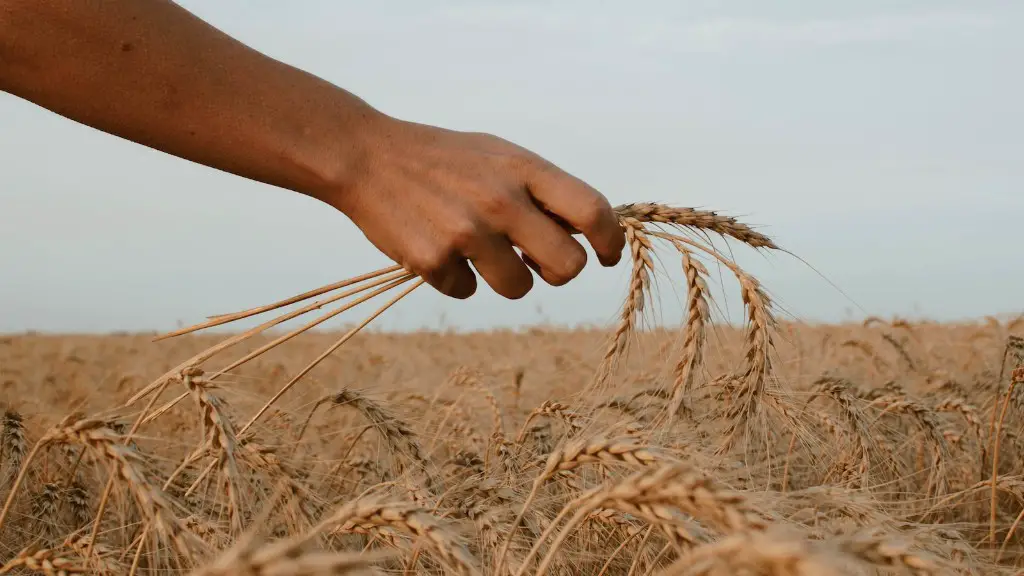Agriculture has been a cornerstone of the global economy since the dawn of civilization, yet in recent decades there has been a marked decline in its viability as a profession. Unstable, economically risky, and labour-intensive, it is no longer a desirable career choice for many educated individuals. From increased input costs to climate change and rapid urbanization, there are myriad factors at play that have led to the stagnation of agricultural practices worldwide.
Agricultural inputs have become exceedingly expensive, with fertilizers and pesticide inputs increasingly contributing to total input costs. Government subsidies, intended to promote local production and consumption of agricultural products, have been cut or reduced in many countries. As a result, farmers are operating in an increasingly competitive market, unable to benefit from governmental incentives for agricultural activity.
Climate change has also had a negative effect on agricultural production. Unpredictable weather, earlier springs, and hotter summers have all contributed to the decline of agricultural activity in many areas around the world. With increasingly unpredictable and volatile weather conditions, farmers are struggling to adjust and protect their crops from extreme weather conditions.
Urbanization has also had an effect on the decline of agricultural activity. The shift of people from rural to urban areas is reducing the availability of agricultural land, and consequently the potential of agricultural activity. This, coupled with increasing technological advances in the food industry, is leading to a shift in market dynamics as factory-produced food becomes more attractive than local, often lower quality, produce.
Furthermore, the rise of the ‘sharing economy’ has further contributed to a decrease in support for the traditional farming industry. Investments in food production have declined as more individuals and businesses turn to online services to purchase food. Online ordering and delivery services have further disrupted traditional agricultural practices, by eliminating the need for farmers to manage local markets for their produce.
Lastly, the dramatic rise in technology provides consumers with an endless assortment of options for procuring food. Traditional grocery stores, farmers’ markets, and restaurants are all being disrupted by the emerging internet-based food market. This is causing prices to drop and further reducing the demand for locally produced agricultural products.
In sum, numerous factors are leading to an overall decline in the agricultural sector. Increasing input costs, unpredictable weather, urbanization, the ‘sharing economy’, and the spread of technology are all contributing to the stagnation of agricultural activity globally.
Demographic Trends
The burgeoning population of the world has meant that the demand for food has grown steadily, and the number of farmers has decreased dramatically in response. As populations in rural areas age, there is a corresponding loss in available agricultural labour, leading to an exacerbation of the labour shortage in many countries. Low wages, combined with the increasing costs of inputs, are decreasing the incentive for them to pursue a career in farming.
Furthermore, the availability of educational and career options for rural youth has increased significantly over the last several decades, resulting in a sharp decrease in the number of individuals interested in becoming farmers. With concerns about the long-term viability and financial stability of a career in agriculture, the younger population has been deterred from engaging in agriculturally related activities.
The rise of government agricultural policies have also played a role in increasing the complexity of the agricultural industry. Increasing regional regulations, coupled with market volatility, have created an increase in the cost of farming and has made becoming a farmer far less attractive than other professions.
Government policies have also failed to sufficiently address the issue of agricultural sustainability. Over-reliance on monoculture, excessive deforestation for farmlands, overgrazing, and over-consuming valuable resources such as water, have all contributed to the degradation of natural ecosystems around the world. This lack of sustainable farming practices has further caused the deterioration of farming activities in many regions.
Additionally, with the rise of urbanization, there has been a corresponding environmental degradation of the agricultural land in rural areas, as increased public infrastructure, sewage and industrial waste, and air pollution all significantly decrease the fertility of the soil. This decrease in fertility of the land is further leading to declines in agricultural productivity, resulting in an overall stagnation of agricultural activity.
Agrarian Reforms
Agrarian reform has been the primary method by which governments have attempted to stem the tide of agricultural decline. To incentivize rural communities to stay engaged in farming, many governments have implemented land reform laws that redistribute land away from large farms and into the hands of smallholder farmers.
In addition, governments have implemented agricultural incentives and subsidies in order to encourage production and protect small-scale farmers. These subsidies have provided critical financial support and have helped to alleviate the cost burden of inputs, such as fertilizers and pesticides.
Furthermore, the emergence of ‘agri-tech’ has democratized the agricultural industry, opening up new opportunities for farmers. Technology, such as smartphone apps, remote monitoring tools and the Internet of Things, has the capacity to radically improve productivity and resource management. This provides smallholder farmers with unprecedented access to these modern technologies and can lead to a diversification of farm activities, allowing farmers to take advantage of more market opportunities.
Efforts to modernize agriculture, such as the introduction of autonomously driven machinery, have also had some success in decreasing the cost of labor and assisting smallholder farmers. Autonomous tractors and drones can reduce the amount of manual labor needed and can be used to increase efficiency in small holdings and larger farms.
Finally, initiatives to promote organic and sustainable farming practices have been successful in some places. With the aid of government agencies and non-profits, many farmers have embraced more sustainable farming methods and have seen crop yields increase.
Education and Training
In addition to reinforcing policy and reform initiatives, increased attention has been paid to the need for educational and training opportunities for smallholder farmers.
In order for smallholder farmers to constrain their costs and increase output, access to education and training programs are necessary. Agricultural extension services can be used to supplement modern technologies and help farmers to become more knowledgeable and resourceful with their farming techniques and practices.
Investments in agricultural education, both in terms of formal schooling and vocational training, can broaden the appeal of the job and improve the prospects of youth interested in pursuing careers in the industry. Courses covering modern techniques, such as precision farming and water management, can help farmers become more competitive in their local markets and can potentially open up opportunities, such as export markets, that would have been inaccessible before.
Broadly, providing access to the right resources and education can enable the smallholder farmer to become a powerful and independent producer. With increased access to resources and the right knowledge, farmers can become more capable of producing cheaper, higher quality, and sustainable agricultural products, making them more competitive in a global market.
Government Intervention
Ultimately, government intervention is essential in order to improve agriculture and ensure its continued sustainability over time. Governments have the ability to influence price setting, wage agreements, and financial support for agricultural projects and initiatives.
From purchasing subsidies from farms to encouraging the development of more efficient farming practices, governments play a critical role in the success of the agricultural sector. Governments must facilitate access to the resources, technology and training needed for farmers to remain competitive in the market and ensure the sustainability of agricultural production.
Investment in agricultural research and development can also help to identify ways in which the sector can further improve and adapt to the changing global marketplace. The research of technological and scientific advancements has the potential to reduce production costs and lead to more sustainable and efficient agricultural practices.
At the same time, it is also critical that governments strive to reduce global hunger and malnutrition. Governments must ensure that farmers are provided with market opportunities, financial and technical support, and that global food security is given priority over other economic interests.
In conclusion, the decline of agriculture is a trend that must be reversed if governments are to secure their agricultural base and ensure food security for their citizens going forward. Sustainable policies and initiatives must be implemented in order to sustain and promote the agricultural sector and ultimately, promote the health and well-being of the global population.
